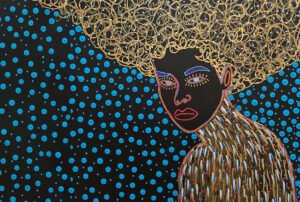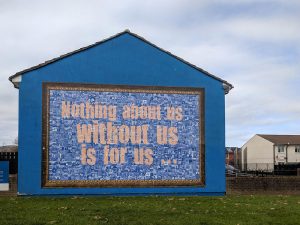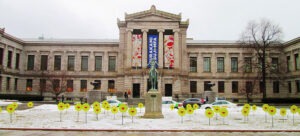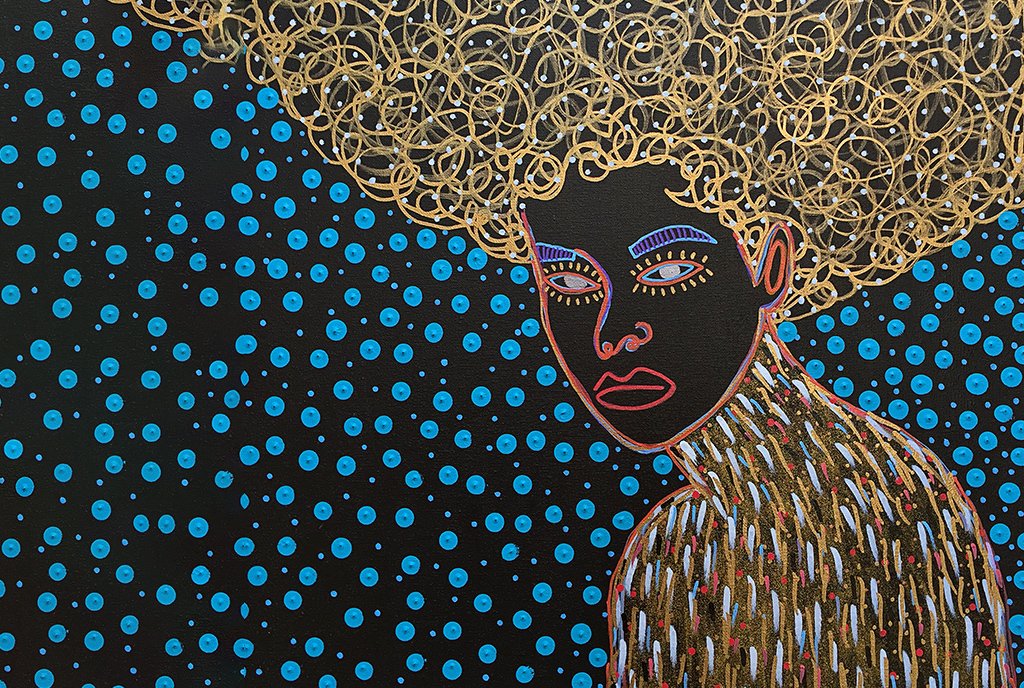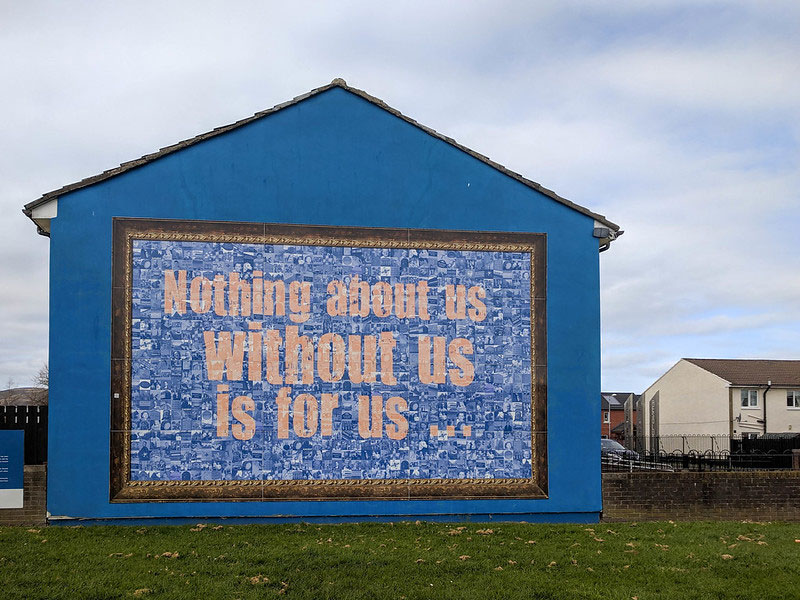We have all had the experience of sensing an unseen force active in a boardroom. It may emanate from a small group of people who have an agenda that brooks no doubters, or it might even be a more malevolent force,but still human, like self-dealing. Or it might be non-human as in a statement oft repeated, or text with enough power to help organize the conversation at hand. Indeed, understanding all of the powerful factors at play may in fact require recognizing “non-human” actors amongst the human.
This is the argument of Fredrik O. Andersson and Avery Edenfield, who are the authors of our newest governance article, “Nonprofit Governance and the Power of Things.” Andersson and Edenfield use “actor network theory” to explain board behavior that may appear inexplicable on the surface. When I saw the two of them give this paper at the Governance Research Conference at the Center for Nonprofit Leadership at UMKC, it made me think very differently about the role of THINGS in governance. And that difference in thinking has some power of its own.
Sign up for our free newsletters
Subscribe to NPQ's newsletters to have our top stories delivered directly to your inbox.
By signing up, you agree to our privacy policy and terms of use, and to receive messages from NPQ and our partners.
As always, let us know what you think. Meanwhile, stay out from beneath the chandelier.


